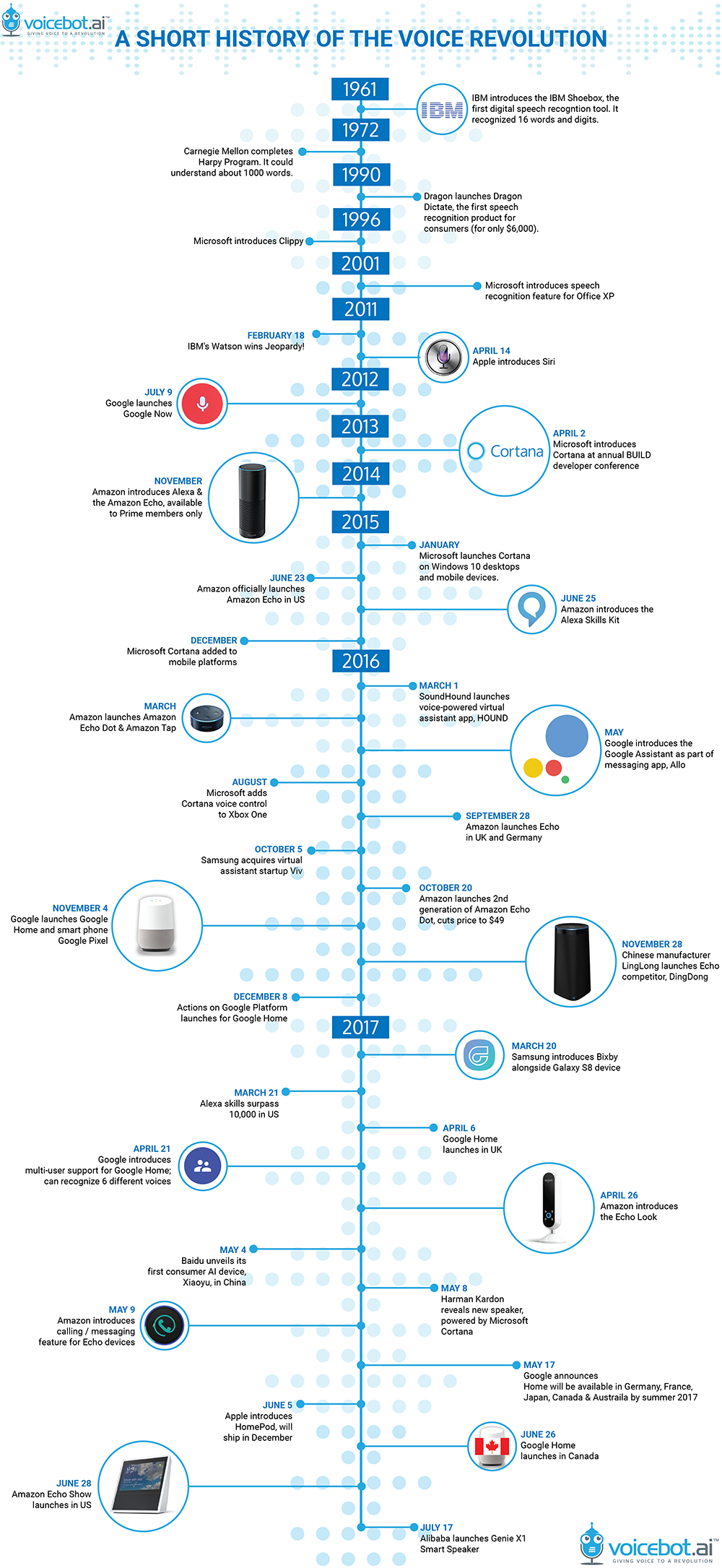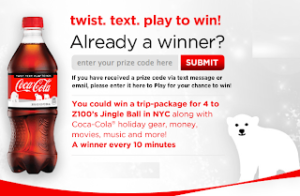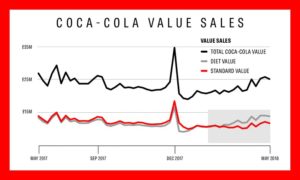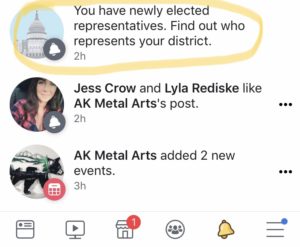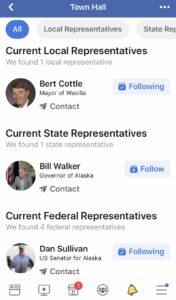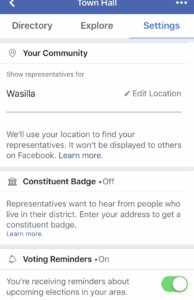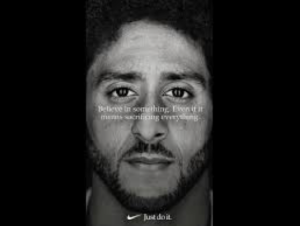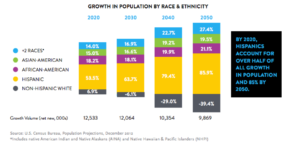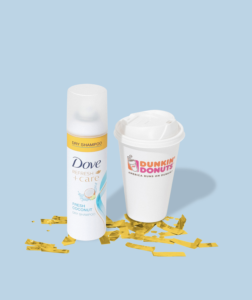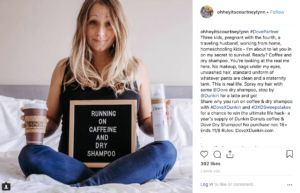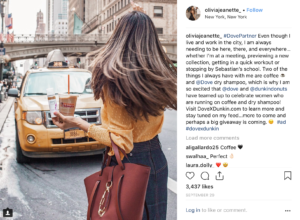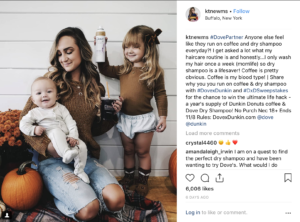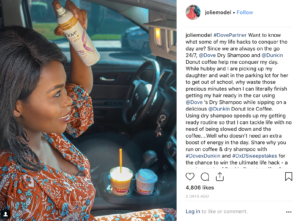 Powerpoints. For years, I’ve advocated against teleprompter filled coma-inducing slides that neither engage nor inform. Powerpoints can often be designed for the benefit of the presenter not the audience and not for behavioral change. Many are the presentations that depict an endless amount of numbers, charts and bulleted paragraphs interlaid with small images that have no purpose but to fill white space. As a former consultant for nonprofits and a current director for a large comprehensive social service agency, advocating on often sensitive issues means engaging the heart as much as the brain. Powerpoints can be used as an effective bonus medium if used correctly. Fast forward to PechaKucha … a new term I recently discovered that has given me ammunition in my quest to realign my colleague’s presentations to the agency’s brand and goal.
Powerpoints. For years, I’ve advocated against teleprompter filled coma-inducing slides that neither engage nor inform. Powerpoints can often be designed for the benefit of the presenter not the audience and not for behavioral change. Many are the presentations that depict an endless amount of numbers, charts and bulleted paragraphs interlaid with small images that have no purpose but to fill white space. As a former consultant for nonprofits and a current director for a large comprehensive social service agency, advocating on often sensitive issues means engaging the heart as much as the brain. Powerpoints can be used as an effective bonus medium if used correctly. Fast forward to PechaKucha … a new term I recently discovered that has given me ammunition in my quest to realign my colleague’s presentations to the agency’s brand and goal.
The art of PechaKucha is simple. It is a powerpoint presentation format with 20 images, each 20 seconds in length. The images advance automatically so the presenter isn’t talking to the screen but allowing it to follow the presenter’s story and better engage with the audience. In a world where we expect instant gratification, this format gives life to a six-minute 40-second presentation. It forces a presenter to be efficient and purposeful with words – eliminating ongoing rhetoric and off-track thoughts.
For my current work, my communication objective is to create purposeful relationships so as to advance the agency’s goal. Our audience can include policy makers, community, clients, and funders. With more than 400 on staff spread throughout San Diego County and with staff often presenting throughout the country, our presentations are a key element to our advocacy, marketing, and fundraising. It is just as important that the audience engages in the presentation as much as it for them to engage in our brand.
“PechaKucha” is a fun word that has helped to create buy-in from old-school professionals set in their way. The method is also allowing for a more interactive conversation and has increased Q & As. For our clients, it has created a more welcoming environment where the presenter is talking with the community rather than at them. Trust is an important part of our work and PechaKucha method has helped create a friendlier environment on topics that can be hard to discuss. For our staff, the method has allowed them to be real and relaxed and they have noticed a change in how their audience reacts.
“Death by powerpoint” – no more. We PechaKucha.
Gross, T. S. (2010, December 19). Pecha kucha … Amazing cure for ‘Death by PowerPoint’. Forbes.com. Retrieved from https://www.forbes.com/sites/prospernow/2010/12/19/pecha-kucha-amazing-cure-for-death-by-powerpoint/#77e116e85566
Burken, S. (2010, January 14). The end of boring presentations. Forbes.com. Retrieved from https://www.forbes.com/2010/01/14/presentations-pecha-kucha-technology-breakthroughs-oreilly.html#5e928feb86e7

